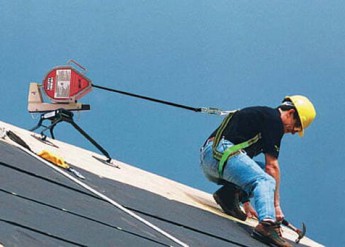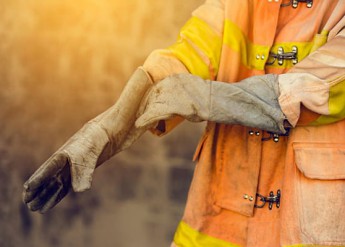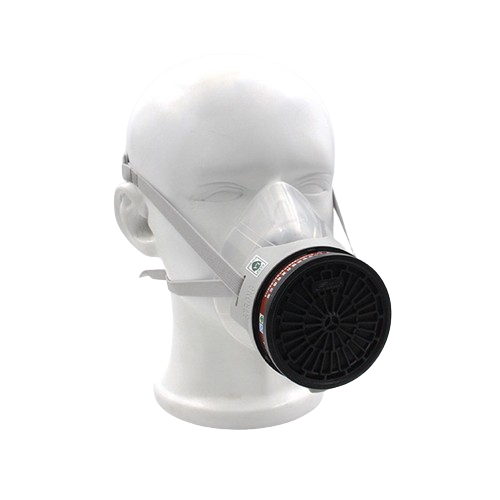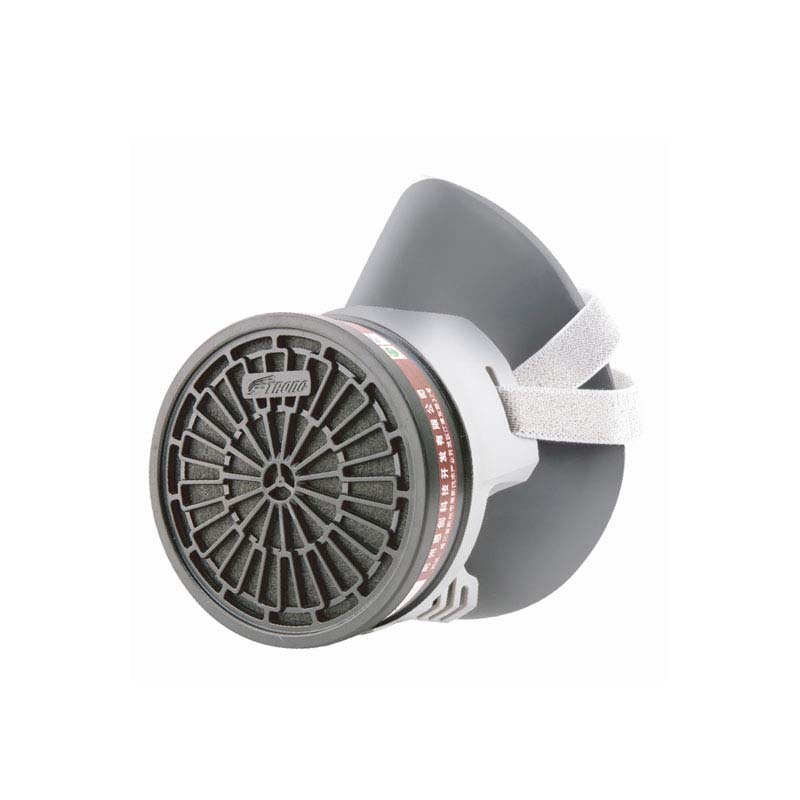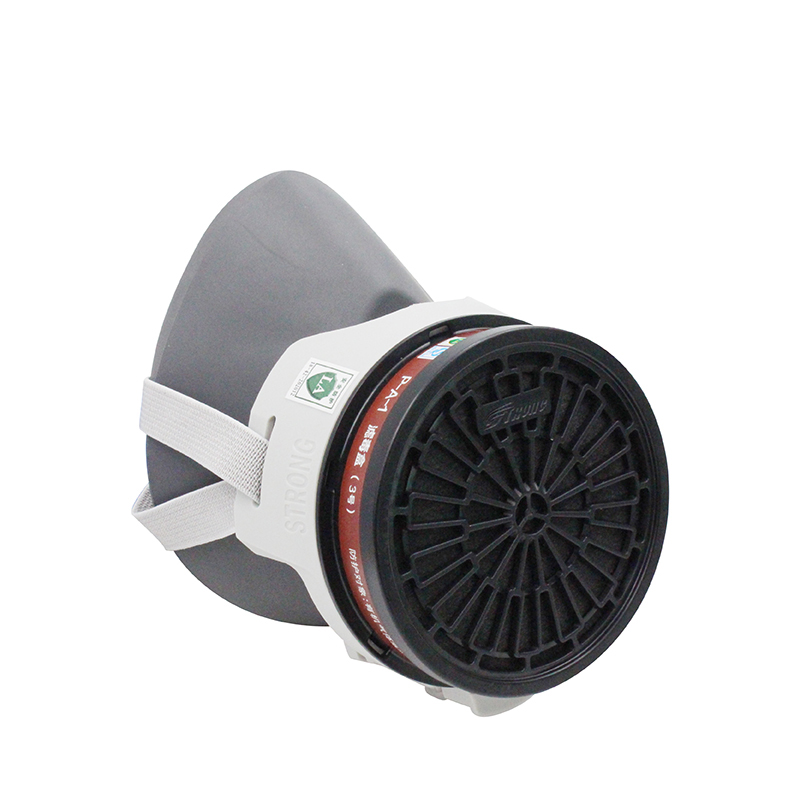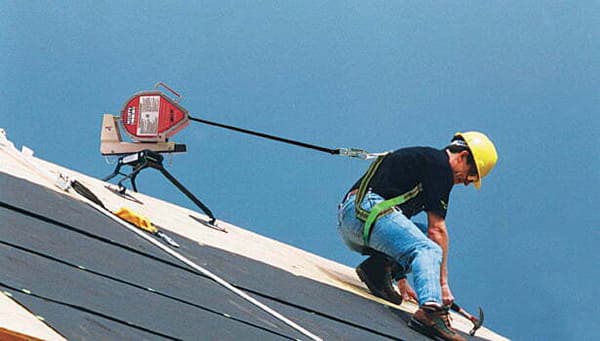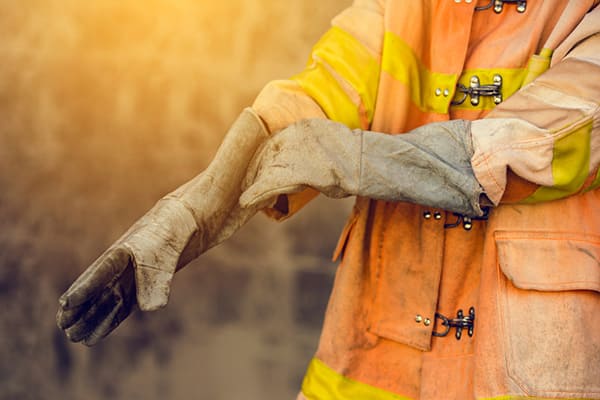In this news we will discuss best practise ladder use,and give you tip to keep you safety
Having the right ladder for the job is the safest way to complete any task, so how do you ansure you are choosing the right ladder, it's important to understand the differences between ladders,including their function,ratings and materials.
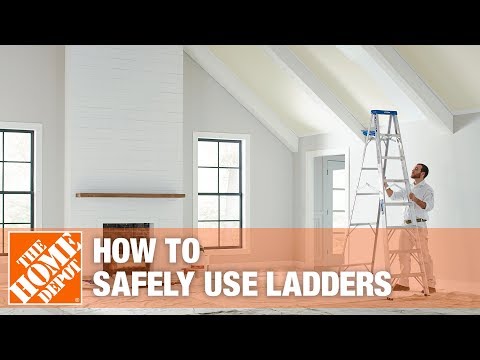
First you should select thestyle that best fits your job,there are five basic categories of ladders step,extension,multi-use,podium for job-made.a step ladder is a portable self-supporting A-frame ladder,an stenstion ladder is also referred to as a portabie ladder,they usually have two sections that operate in bradkets,allowing for adjustable legs.multi-use ladders have the capability to be set up in a valety of configurations,podium ladders are self-supporting A-frame ladders,that provide allarge standing surface,allowing porkers to face any diredtion without needing to reposition the ladder,and the last category is job made ladders,constructed on-site usually out of wood to fit very specific needs to dedide whidh type best fits your task.you need to determine the following,for what jobs will you need the ladder,with a ladder be used inside or outside,what Heights will you need to reach,how much weight will be on the ladder including tools and materials,and is here a possibility of working near electricity or power lines ladder Duty rating determines the load capadity or maximum weight the ladder can safely support,caculate the workload,include the approximate weight of the worker,the needed and the materials that will be used to complete the job,then determine Heights you will need to reach to complete the task,the maximum safe reaching height,is approximately 4 feet higher than the height of the ladder,for example if you needed to reach a ten-foot ceiling,you can safely usea six foot ladder,Finaly you should consider the materials used to construct the ladder,typically wood aluminum orfiberglass,harsh conditions or specific chemicals will affect your choice of ladder,for example if you're working around electricity or power line,you need to choose a non conductive material,suh as wood or fiberglass ladders are like any other tools on the job site,they must protected from physical damage and kept in good working condition,to ensure your work can be done safely and effectively,before ever use,you should perform a visual inspection ofthe ladder,first check for missing or damaged feet.ladders may have either non-skid pads for use on hard surfaces,such as concrete and flooring,or metal feet for soft services sudh as dirt and gravel,nest check the side rails and nugs,look for broken slit, crack,corroded,bent or missing rails and rungs,Finaly check for any loose,corroded or weakened hardware.like bolts,rivets,fasteners or latches,defective or damaged ladders must be immediately tagged,as defective and removed from service regularly inspedting and maintaining your ladder will extend the life of the ladder,and help linsure your work will be done safely when handling and setting up a ladder,always be aware of your environment,and look for potential hazards or obstacles,that could put you in an unsafe position,when carrying a ladder,grasp the rail toward the center to create a balanced load and have a co-worker help you carry long or heavy ladders,and also be cautious carrying a ladder through tight spaces,always be aware of electrical lines and maintain a safe distance of at least 10 feet,when using a stepladder,open the-adder so that the spreader bar is completely horizontal and locked then check that all four feet are balanced and have secure footing,never use a stepladder on a closed and raining position,to properly set up an extension ladder,you should place the ladder at a four to one angle,against its point of contact,then you'll need to seaure tit at the bottom or the top,to prevent any sideways movement ensure that both feet are balanced have secure footing,you should use a ladder leveler when working on uneven surfaces,if you on a hard surface,you should use the non-skid or rubber feet,but on a soft surface like dirt or gravel,you need to use the metal feet,and dig them- into the ground to secure the ladder,when using the extension ladder for access,make sure the rails extend at least three feet,above the landing surface or access point,Proper ladder setup not only helps prevent injuries but aids in the efficiengy of the taskat hand falls from ladders are one of the leading causes of fatalities and injuries on construction work sites.
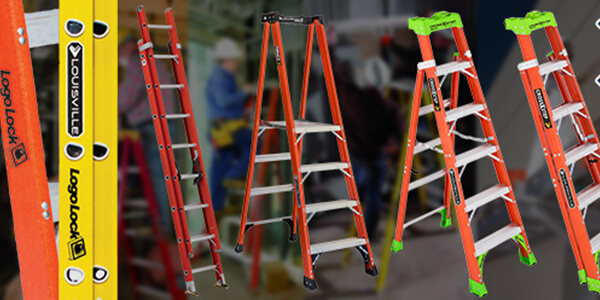
here are a few reminders and tips to keep you working safely,first always read and follow the ladder safety instructions and load ratings these instructions are usually located on the side rails,when climbing and working on a ladder,you should always maintain three points of contact such as two hands in one foot to prevent slips or Falls,don't over reach,the maximum reaching distance is about four feet above the height of the ladder,on an extension ladder,the highest standing level is four rungs down from the top,and on a stepladder,it's two rungs down from the top never set upa ladder in a high-traffic area,where other workers or machineny could bump or knock down the ladder,never place a ladder upon other objects,such as boxes or barrel scaffolds or other unstable bases.in order to obtain additional height,and never use it improvised or homemade ladders,or carry out makeshift repairs to a damaged ladder,proper setup use maintenance of your ladders,ensure a safe workplace and prevent serious injuries.

